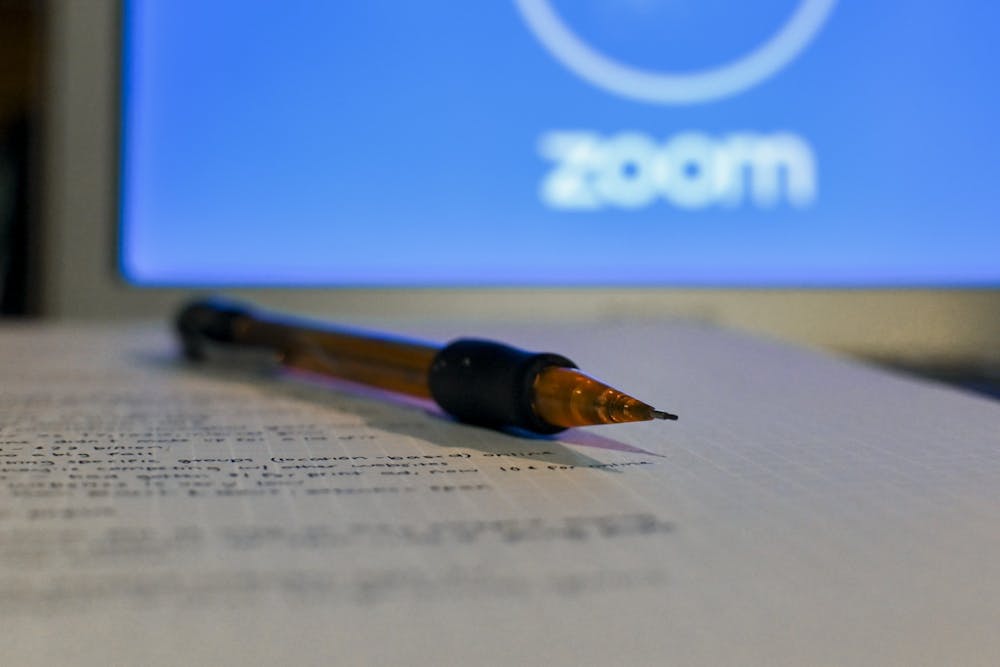A Penn Wharton Budget Model study on virtual schooling found that virtual schooling decreases students' learning and future potential income.
The research, published to PWBM's website on March 11, found that school districts with more Black students are less likely to have in-person instruction compared to schools with more white students, even when accounting for differences in income. The analysis also found a relationship between the amount of in-person education during COVID-19 and educational loss.
According to PWBM Research Associate Youran Wu, the study found a strong correlation between the representation of white students in a school district and whether that district choose to conduct school activities in-person or virtually. The study found a 10% increase in a school’s white population correlated to at least a 5% increase in the amount of in-person school offered.
PWBM estimates that by March 2021, Black students in grades K-5 have incurred an 11.9% loss in lifetime income from school closures, and white students have lost 10.4%.
The study also analyzed the impact of shortened school weeks in Oregon, which follow hybrid models similar to those adapted by many districts due to COVID-19. Under hybrid models, school districts opted for one day of virtual learning and four days of in person learning. PWBM found a 16% learning loss in math and an 11% learning loss in reading compared to a five-day in-person week.
This analysis is the third part of a blog series tracking the cost of virtual learning. The first blog analyzed the effects of virtual learning at the national level. The second analyzed the effects of virtual learning in the Philadelphia suburbs.
Data from the study included the School District of Philadelphia and 63 neighboring suburban school districts.
PWBM also incorporated empirical research from a 2015 Stanford University study that looked at 158 online K-12 schools. The Stanford study found that after 1 year of virtual learning, students made no gains in math, and had a 41% learning loss in reading compared to in-person schooling.
RELATED:
Philadelphia schools will reopen next week for eligible pre-K through second grade students
Phila. residents urge Penn to pay PILOTs to underfunded local schools at City Council hearing









